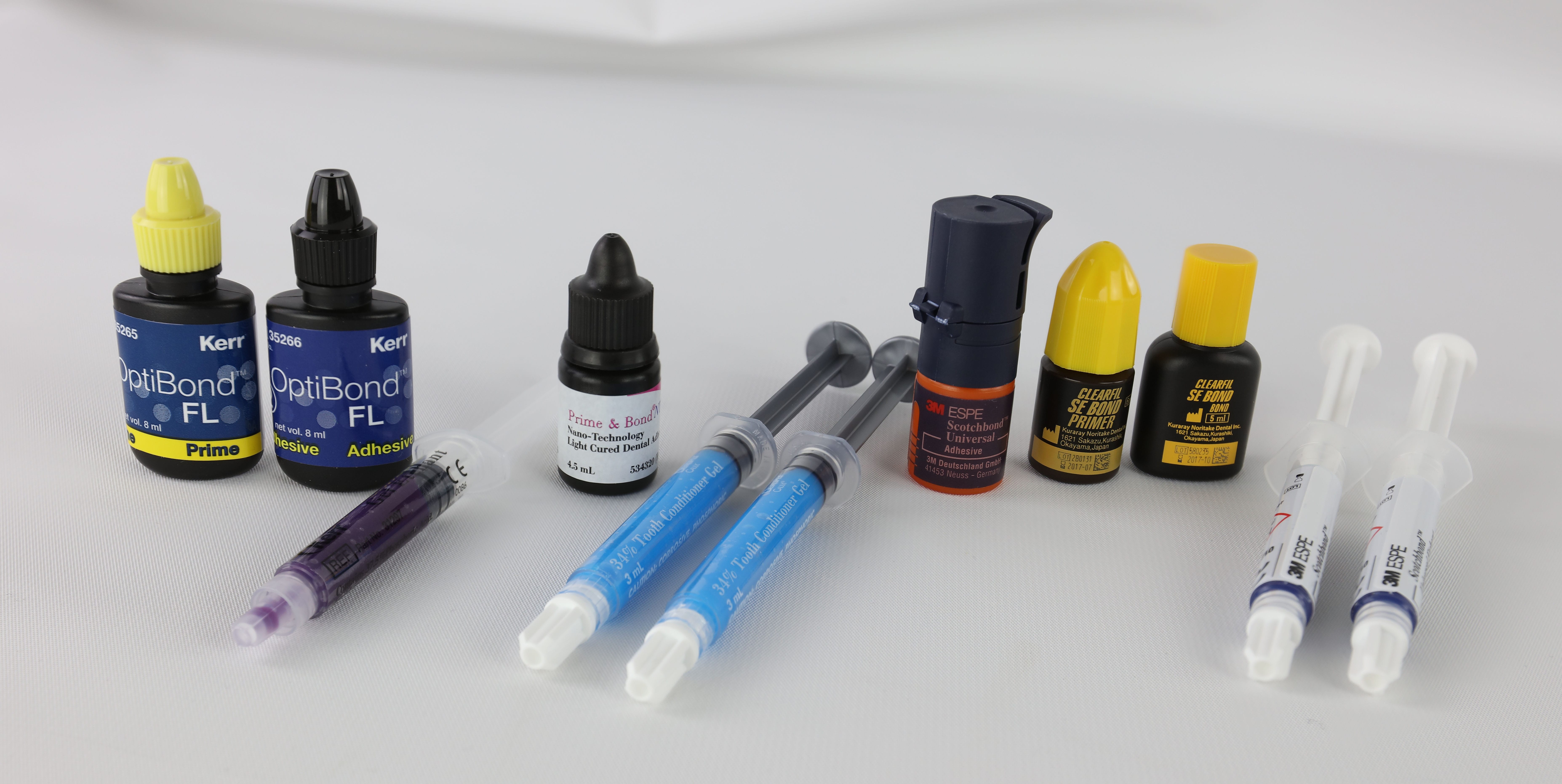Coronary artery disease (CAD) is a leading cause of death worldwide, characterized by the narrowing or blockage of arteries that supply blood to the heart. This condition can lead to serious complications, including chest pain (angina), heart attacks, and, if untreated, even death. Fortunately, advancements in medical technology, particularly the development of drug-eluting stents (DES), have revolutionized the treatment landscape for CAD.
What Are Drug-Eluting Stents?
Drug-eluting stents are small mesh tubes made of metal that are coated with medication designed to prevent the re-narrowing of the artery after it has been opened. During a procedure known as percutaneous coronary intervention (PCI) or coronary angioplasty, a catheter with a deflated balloon is inserted into the blocked artery. Once in place, the balloon is inflated to compress plaque against the artery walls. A drug-eluting stent is then deployed to keep the artery open and facilitate improved blood flow.
Unlike traditional bare-metal stents, which were the first generation used in PCI, drug-eluting stents are coated with a polymer that gradually releases medication—typically an anti-proliferative drug—into the artery wall. This medication helps prevent overgrowth of scar tissue, a process known as restenosis, which can lead to the re-narrowing of the artery after the procedure.
Benefits of Drug-Eluting Stents
The primary advantages of drug-eluting stents include:
- Significantly Reduced Risk of Restenosis: Clinical trials have demonstrated that DES can lower the need for repeat revascularization procedures by up to 70% compared to bare-metal stents.
- Effective for Complex Lesions: DES are particularly beneficial for patients with diabetes or those presenting with long or multiple blockages and cases of in-stent restenosis (when a previously placed stent becomes blocked).
Potential Risks and Considerations
While drug-eluting stents have transformed CAD treatment, they are not without risks:
- Late Stent Thrombosis: This serious condition involves blood clot formation within the stent months or years after placement, potentially leading to heart attacks or even death.
- Dual Antiplatelet Therapy: To mitigate this risk, patients receiving drug-eluting stents are typically prescribed dual antiplatelet therapy—taking aspirin along with another antiplatelet medication such as clopidogrel or ticagrelor—for an extended period, usually up to one year.
- Delayed Healing: The presence of anti-proliferative medication may prolong healing time around the stent, necessitating longer durations of dual antiplatelet therapy.
Advancements and Future Directions
Researchers and manufacturers are consistently working to enhance the safety and efficacy of drug-eluting stents. Key advancements include:
- Biodegradable Polymer Coatings: These coatings are designed to degrade over time, leaving behind a bare-metal stent once the medication has been fully released. This approach may help reduce late stent thrombosis and improve long-term outcomes.
- Polymer-Free Stents: These innovative devices eliminate the need for a polymer coating altogether by applying medication directly onto the metal surface of the stent. This design aims to reduce inflammation and improve biocompatibility.
- New Drug Coatings: Ongoing research is exploring various medications and combinations—such as sirolimus analogs and everolimus—to further enhance both efficacy and safety.
- Improved Stent Designs: Advances in stent design, including thinner struts and more flexible materials, can enhance deliverability and adaptability within arteries, potentially leading to better patient outcomes.
Conclusion
Drug-eluting stents have emerged as a groundbreaking solution in the fight against coronary artery disease. They offer significant benefits over traditional bare-metal stents by dramatically reducing restenosis risk and minimizing the need for repeat procedures. While there are potential risks such as late stent thrombosis and delayed healing, ongoing research and technological advancements continue to improve the safety and effectiveness of these crucial devices.
With proper patient selection, adherence to dual antiplatelet therapy, and regular follow-up care, drug-eluting stents can genuinely be considered lifesaving innovations for heart health. Embracing these advancements not only enhances individual outcomes but also represents a significant leap forward in cardiovascular medicine.
Official Resources
For more information on drug-eluting stents and coronary artery disease:
- American Heart Association – Coronary Artery Disease
- National Heart, Lung, and Blood Institute – Coronary Artery Disease
- American College of Cardiology – Percutaneous Coronary Intervention
These resources provide comprehensive information on CAD treatment options and ongoing research in cardiovascular health.
Are drug-eluting stents safe?
Yes, they are considered safe for most patients, but always consult with your doctor for individual advice.
What lifestyle changes are recommended post-implantation?
Quitting smoking, adhering to a heart-healthy diet, and regular exercise are crucial.















